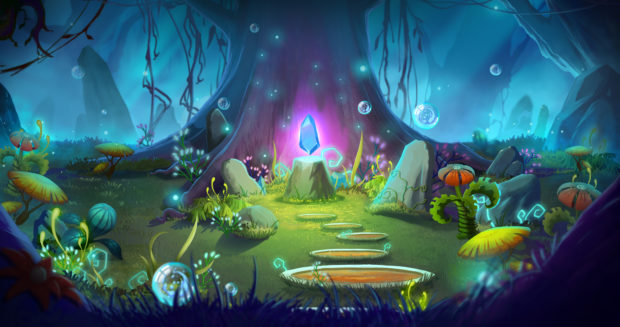Four Simple Steps
If you have ever wanted to learn some powerful Jedi skills of mind control, then this article is for you. I’ll give you a couple simple tricks that will work powerfully to persuade somebody, whether they be a friend, stranger, client, or a target of your romantic interest. These can work either through repeated meetings, or after only a one-time encounter. The following are designed for face-to-face communication. Persuasive writing will be covered in future post. One word of caution, these are very powerful, and can easily be abused. The sad truth is that many people don’t have much resistance to these, and as P.T. Barnum is famous for saying, “There’s a sucker born every minute.” So long as you are always shoot for a win-win outcome, you should be OK. Now that I’ve got the standard disclaimer out of the way, let’s get started.
Step One – Determine Your Outcome
This is the most often overlooked, yet most important step. Without a specific outcome in mind, you will never get there. Many people fail to choose an outcome simply because they fear the pain of coming up short. They hope they only end up someplace halfway decent. Sometimes you get lucky, and you. Other times you go home empty handed. Think of how you’d like to end the interaction. A sale, the other person carrying out your task, one of your kids cleaning their room, or that guy or girl at the bar going home with you only after a couple hours of conversation. The more specific outcome you choose, the easier it will be to construct your strategy.
Step Two – Develop Rapport
Much is written (and misunderstood) about this simple concept. Rapport is simply a deep feeling of familiarity with somebody. When you feel similar to somebody, whether you’ve known them for an hour or ten years, you are much less likely to put up any mental resistance to their ideas. The more similarities you can find with this person, the better. Beliefs, history, background, hopes, goals, whatever you can find. The easiest way to quickly develop rapport with someone you’ve just met is through mirroring of body language and speech patterns. Sit how they are sitting, (or standing) and talk like they are talking. Slow and relaxed if they are slow and relaxed, or fast and abrupt if they are fast and abrupt.
A great way to find powerful evidence of this is to visit any coffee shop or restaurant, and scan the crowd. You’ll easily be able to spot friends and lovers that are in deep rapport simply by noticing how well their body language is matching up.
If you’re worried about putting the cart before the horse, don’t worry. This is a case of form following function as well as function following form. Mirroring body language leads to feelings of rapport, just as feelings of rapport leads to mirroring of body language.
Step Three – Elicit Criteria
Find out what is important to them. What do they want? The biggest secret in sales, seduction, or any other form of persuasion is that the quickest and easiest way to get what you want, is to first help the other person get what they want. This isn’t some new age, rendition of the golden rule; this is simply the best and most effective strategy. When finding out what they want, be interested, and be sincere. The closer you can keep the context of their criteria to your outcome, the better. If you are selling cars, and your outcome is for them to buy our car, you’ll have much better luck in asking them what’s important to them in a car than asking them what’s important to them in a vacation.
The more criteria you can elicit, the easier it will be to persuade them. For one, they’ll usually be in a good mood, as it’s uncommon in today’s me-me-me world for somebody to feel their wants and needs are the focus of any extended conversation. And the more “vague” criteria you can elicit the better. Vague criteria are anything that sounds like it’s not defined that well. Happiness, safety, comfort, value are examples of vague criteria.
Step Four – Leverage Criteria
This is where you simply show them that by doing what you want, they will get what they want. If you’ve done a good job in eliciting their criteria, this part will be pretty easy. If you are selling something, the easiest way to do this is by giving examples of previous customers, and use their criteria in the examples.
If they value “comfort” and “safety” you can tell them about a customer who just last week bought the very same product, and couldn’t wait to call you to thank you, and tell you comfortable and safe they felt when using the product. It’s best to be a little subtle when doing this. When you describe your example in an “oh, by the way,” kind of structure, it doesn’t feel like they are being sold something.
The more stories you can come up with about your product filling the same criteria in other people, the better.
If you are using this for more personal persuasion, that is you are trying to elicit strong emotional feelings in another person for you personally, the leveraging of criteria doesn’t need to be so explicit. You’ll find that simply by slowly and carefully eliciting their criteria (for an ideal relationship partner, for example) that they will start to unconsciously connect those criteria to you, provided you aren’t being too pushy.
One thing about human beings is that we are all a walking collection of unmet wants and needs. When you can develop rapport, elicit a few of those wants and needs, and fulfill them in a way that really satisfies the other person, there is no limit to what you can get them to do.
Just remember to leave them better than you found them, don’t’ get then to do anything they’ll later regret, and you’ll be fine.









